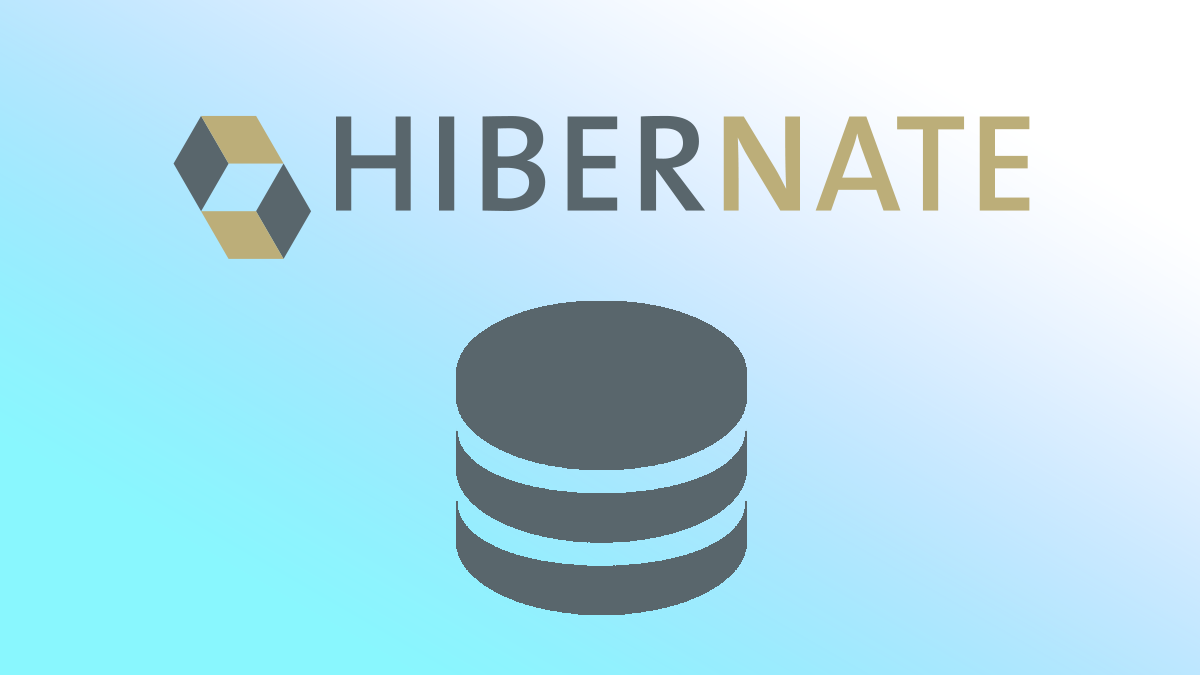
Hibernate in Java: Features, Benefits & Examples
Hibernate is one of the most popular Object-Relational Mapping (ORM) frameworks in the Java ecosystem. It simplifies the interaction between Java applications and databases by providing an abstraction layer that eliminates the need for complex SQL queries. Hibernate enables developers to focus on business logic rather than database connectivity, making it an essential tool for building scalable and efficient enterprise applications.
In this article, we’ll explore what Hibernate is, its key features, advantages, and how it works, along with examples of its real-world applications.
What is Hibernate?
Hibernate is an open-source ORM framework for Java that allows developers to map Java objects to relational database tables and vice versa. By bridging the gap between the object-oriented programming model and relational databases, Hibernate streamlines data persistence and retrieval operations.
Developed by Gavin King, Hibernate follows the Java Persistence API (JPA) standard, making it highly flexible and portable across various relational databases.
Key Features of Hibernate
Hibernate offers a range of features that simplify database interactions and improve application performance:
- ORM Support
- Hibernate maps Java classes to database tables, reducing the need for repetitive SQL queries.
- Database Independence
- It supports multiple databases like MySQL, Oracle, PostgreSQL, and SQL Server, allowing developers to switch databases without modifying code.
- Automatic Table Generation
- Hibernate can automatically create and update database tables based on Java class definitions.
- HQL (Hibernate Query Language)
- Hibernate provides HQL, a powerful query language similar to SQL, but it operates on object-oriented entities.
- Caching
- Built-in caching mechanisms (first-level and second-level cache) optimize performance by reducing database calls.
- Lazy and Eager Loading
- Developers can control how data is fetched from the database, ensuring efficient resource utilization.
- Transaction Management
- Hibernate simplifies transaction handling by integrating with Java Transaction API (JTA) or JDBC transactions.
- Annotations and XML Configuration
- Supports both annotations and XML for mapping objects to database tables, offering flexibility in configuration.
How Hibernate Works
The core of Hibernate’s functionality revolves around mapping Java objects to database tables. Here’s a simplified workflow:
- Configuration
- Developers configure Hibernate using an XML file (
hibernate.cfg.xml) or annotations in Java classes.
- Developers configure Hibernate using an XML file (
- Session Factory
- Hibernate uses a
SessionFactoryobject to establish a connection to the database and create sessions.
- Hibernate uses a
- Session
- The
Sessionobject manages the persistence of objects, allowing CRUD (Create, Read, Update, Delete) operations.
- The
- Transaction
- Hibernate manages database transactions, ensuring data consistency and integrity.
- Query Execution
- Developers execute queries using HQL or the Criteria API to retrieve, insert, update, or delete data.
- Object Mapping
- Hibernate maps Java objects to database tables using annotations like
@Entity,@Table, and@Column.
- Hibernate maps Java objects to database tables using annotations like
Benefits of Using Hibernate
1. Simplified Database Interaction
Hibernate eliminates the need for writing complex SQL queries, making data handling easier for developers.
2. Portability
With support for multiple databases, Hibernate ensures that applications can switch databases without significant changes.
3. Performance Optimization
Built-in caching reduces the frequency of database queries, enhancing application speed.
4. Reduced Boilerplate Code
Hibernate automates tasks like table creation and SQL generation, minimizing the need for repetitive code.
5. Object-Oriented Approach
Hibernate allows developers to work with Java objects, making it easier to manage data in object-oriented applications.
6. Transaction Management
Provides robust support for managing database transactions, ensuring data consistency.
Key Components of Hibernate
- SessionFactory
- A factory for creating session objects, managing the connection to the database.
- Session
- The primary interface for performing CRUD operations and managing transactions.
- Transaction
- Handles database transactions, ensuring atomicity and consistency.
- Query
- Executes HQL or SQL queries for data retrieval and manipulation.
- Criteria API
- A programmatic way to build queries dynamically without writing HQL.
Hibernate Annotations
Annotations are a modern approach to mapping Java objects to database tables. Some commonly used annotations include:
@Entity: Marks a class as a database entity.@Table: Specifies the table name for the entity.@Id: Defines the primary key of the table.@Column: Maps a class attribute to a database column.@OneToOne,@OneToMany,@ManyToOne,@ManyToMany: Define relationships between entities.
Hibernate vs. JDBC
| Aspect | Hibernate | JDBC |
|---|---|---|
| Ease of Use | Simplifies database interaction. | Requires manual SQL queries. |
| Portability | Database-independent. | Tied to a specific database. |
| Caching | Built-in caching for better performance. | No built-in caching. |
| Configuration | XML or annotations. | Requires detailed configuration. |
| Error Handling | Provides better exception handling. | Relies on SQLException. |
Real-World Applications of Hibernate
- Enterprise Applications
- Used in CRM, ERP, and supply chain systems for efficient data management.
- E-Commerce Platforms
- Manages large-scale product catalogs, orders, and customer information.
- Healthcare Systems
- Handles patient records, appointments, and billing systems.
- Banking and Finance
- Manages transactional data and account information with high reliability.
Challenges with Hibernate
- Complexity
- The learning curve for Hibernate can be steep for beginners.
- Performance Overhead
- Improper configuration may lead to performance issues in large-scale applications.
- Debugging Challenges
- Identifying issues in HQL queries or mappings can be time-consuming.
- Overhead of Session Management
- Improper session handling can cause memory leaks or transaction failures.
Best Practices for Using Hibernate
- Use Caching
- Leverage first-level and second-level caching to reduce database load.
- Optimize Queries
- Write efficient HQL queries and avoid fetching unnecessary data.
- Lazy vs. Eager Loading
- Use lazy loading for large datasets to minimize memory usage.
- Monitor Performance
- Regularly profile and optimize Hibernate performance using tools like JProfiler.
Conclusion
Hibernate is a powerful ORM framework that simplifies database interactions for Java developers. With its rich feature set, including HQL, caching, and portability, Hibernate streamlines the development of scalable, high-performance enterprise applications.